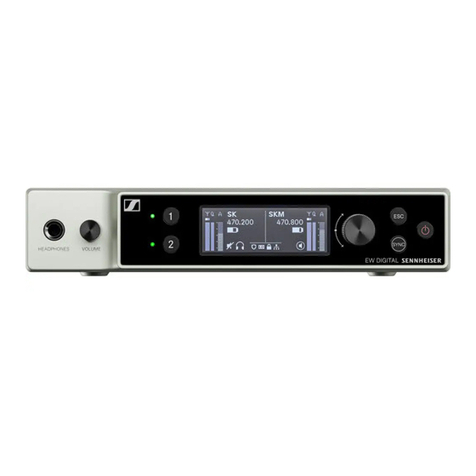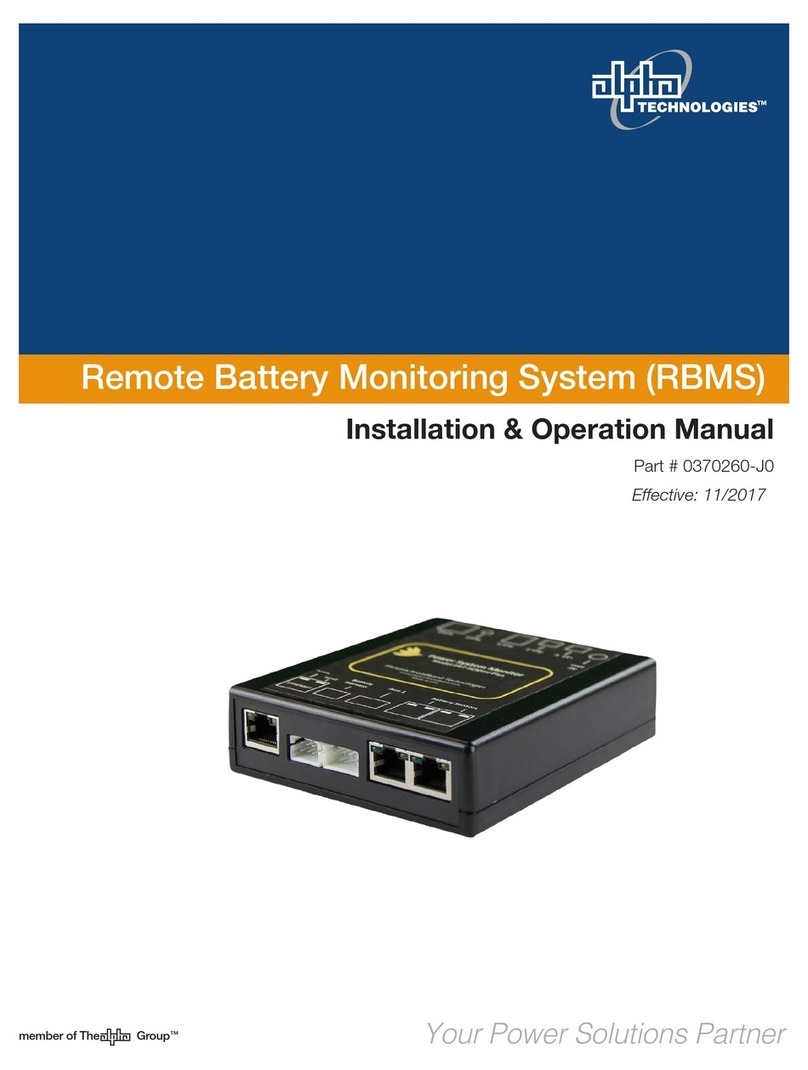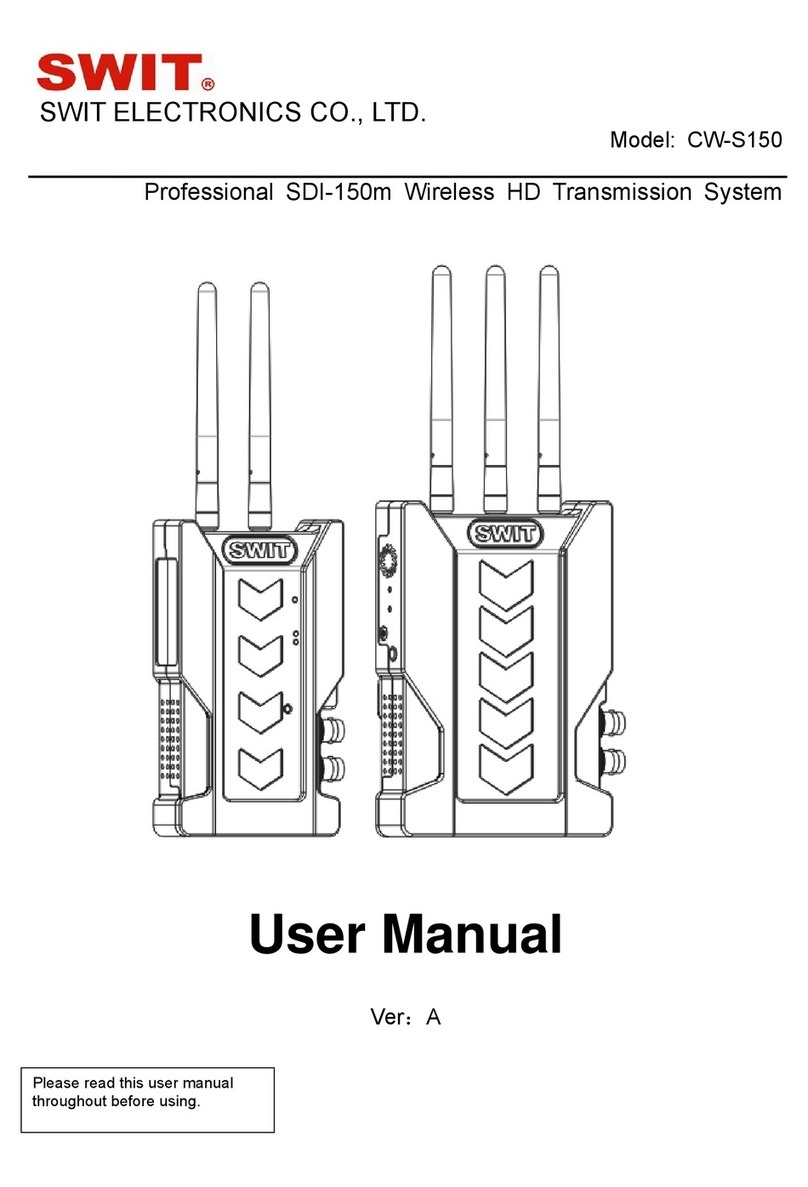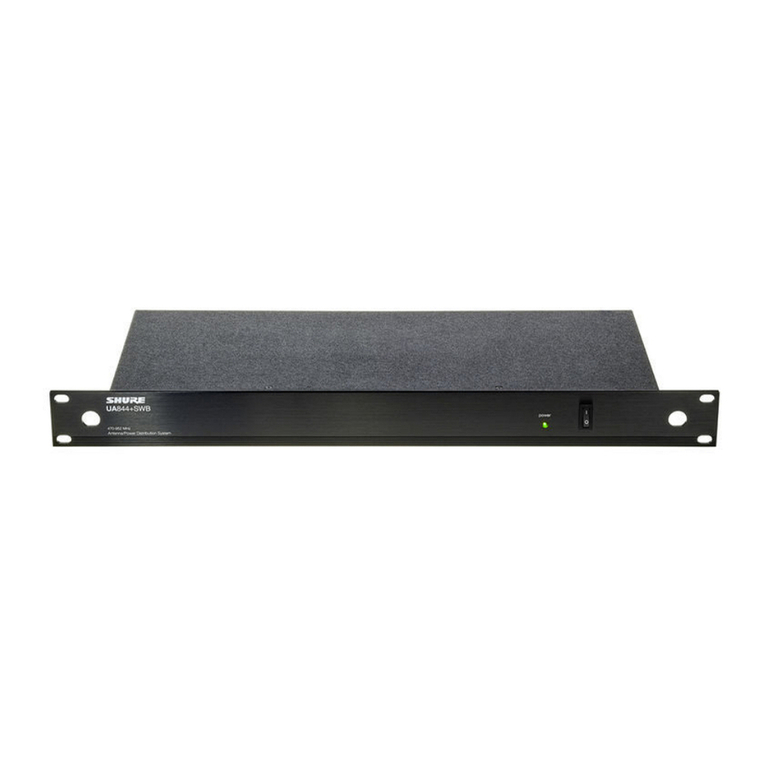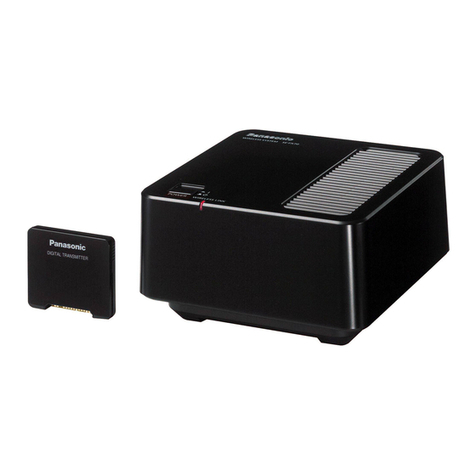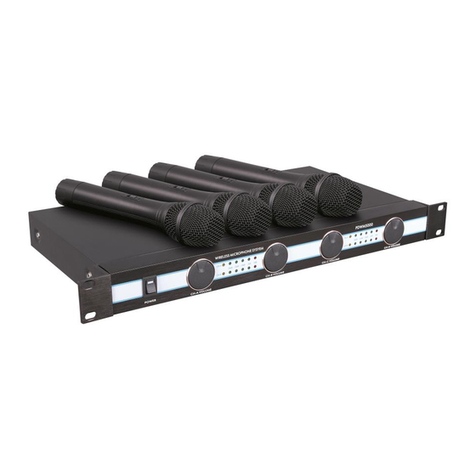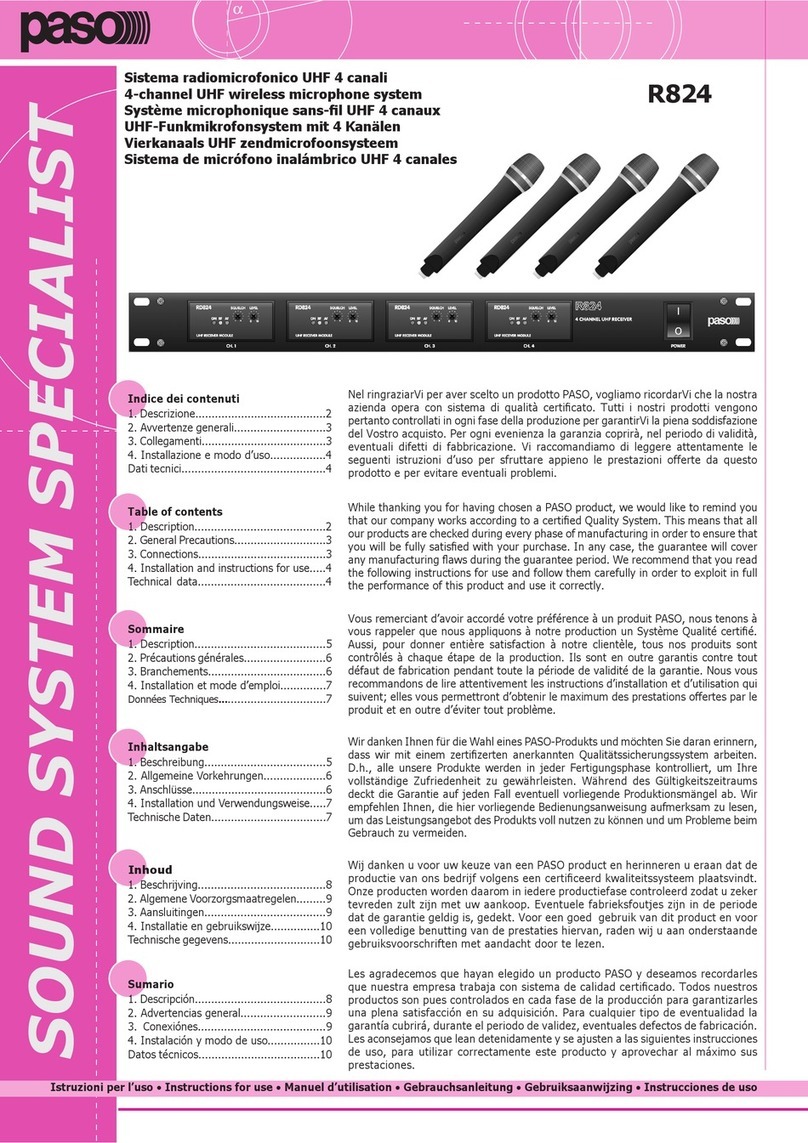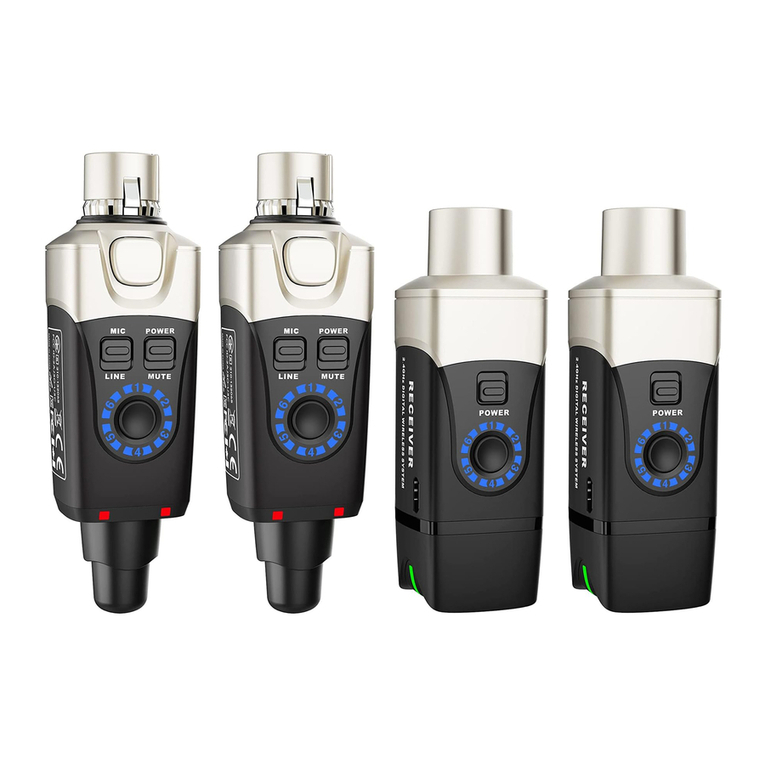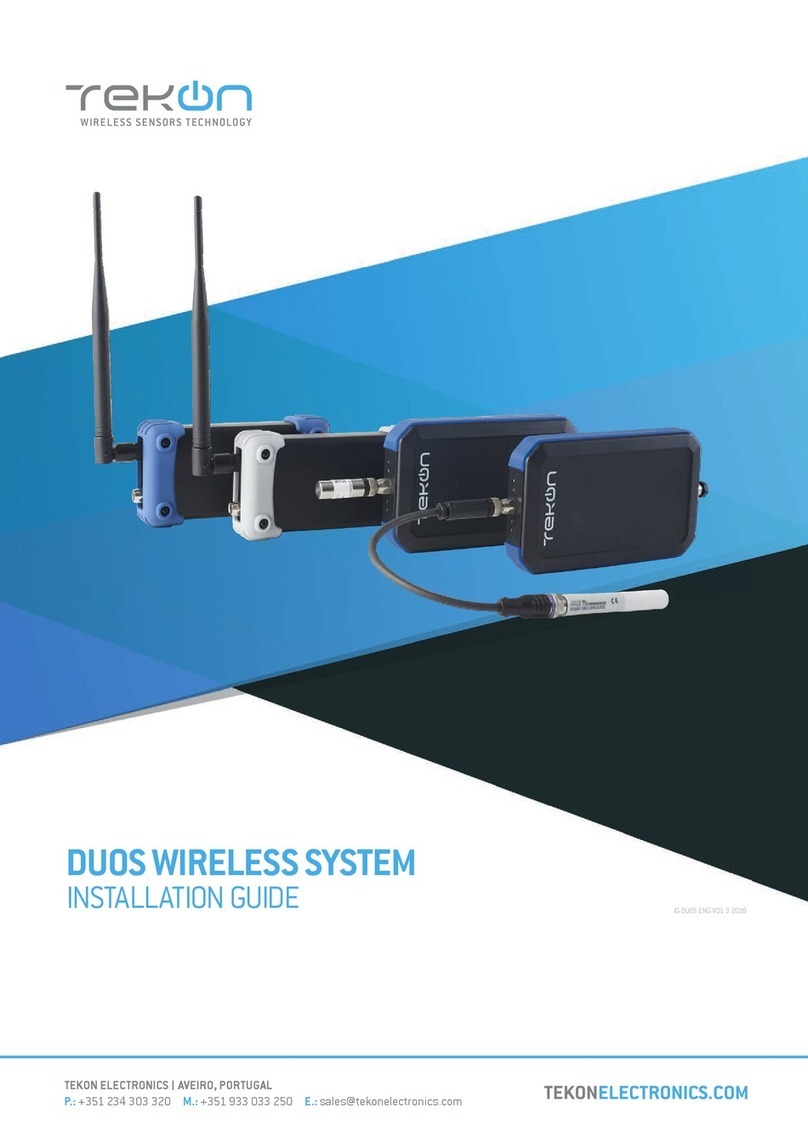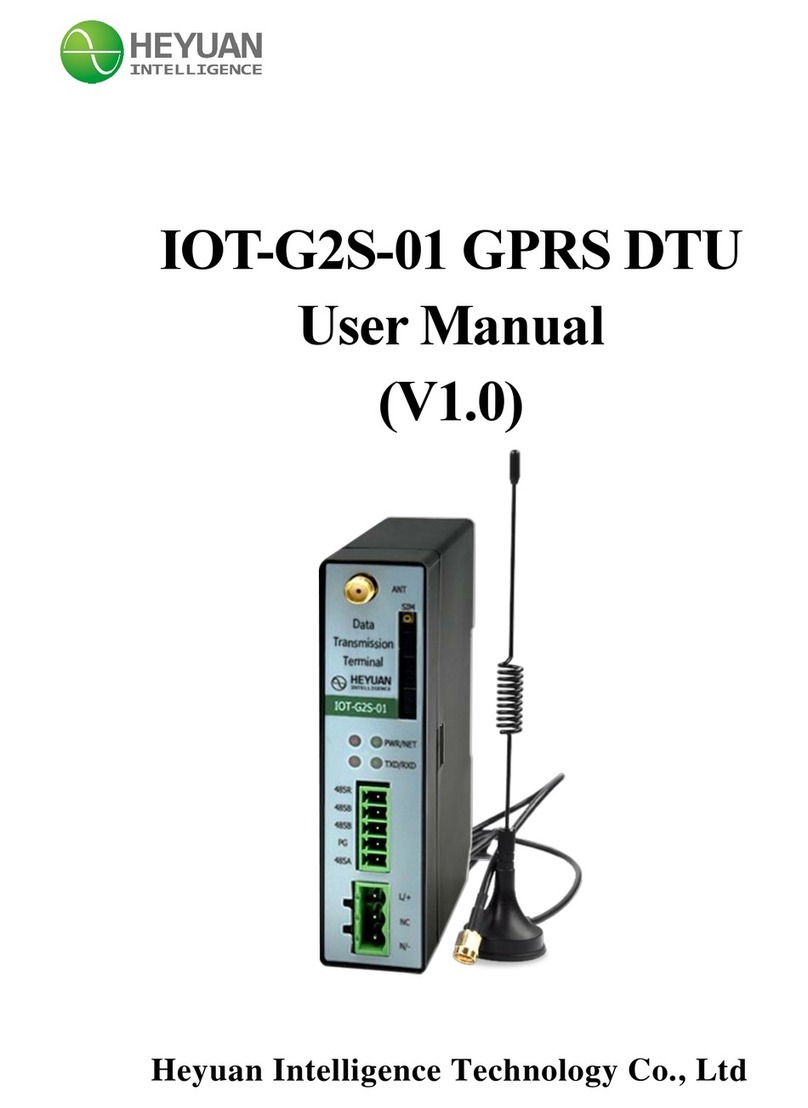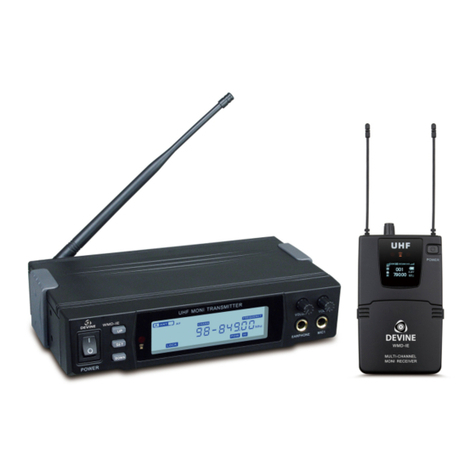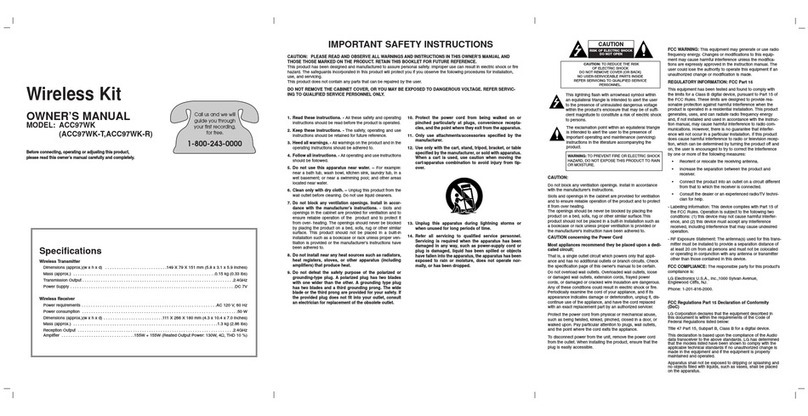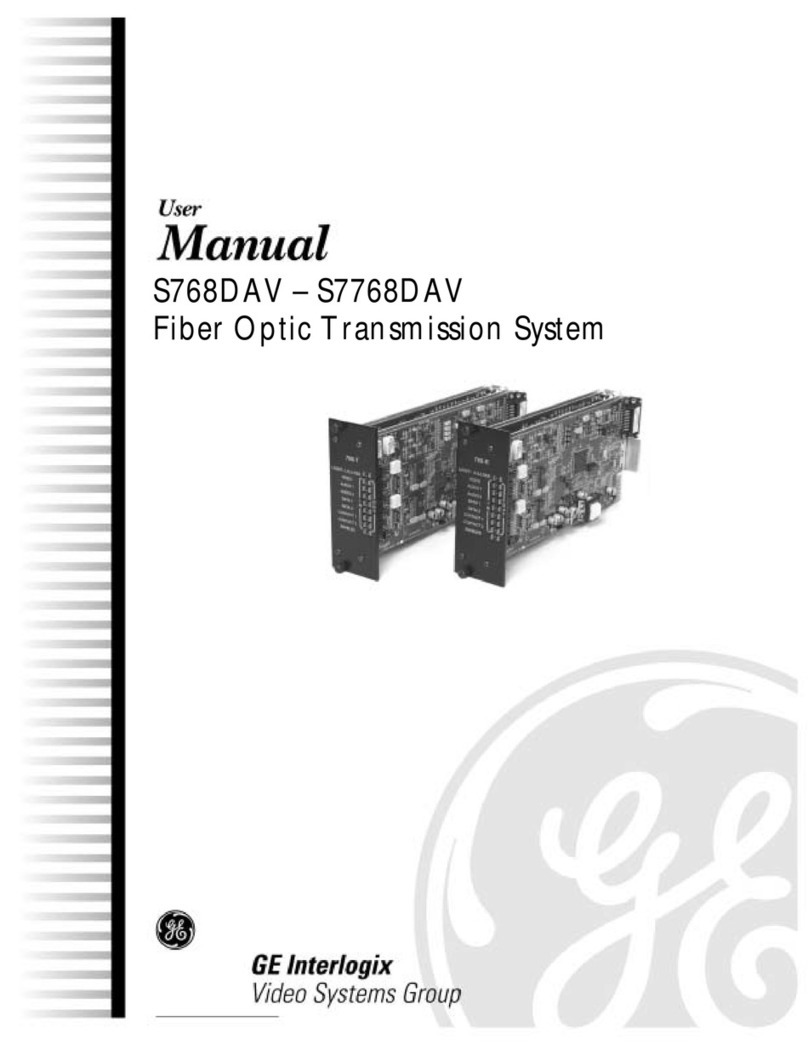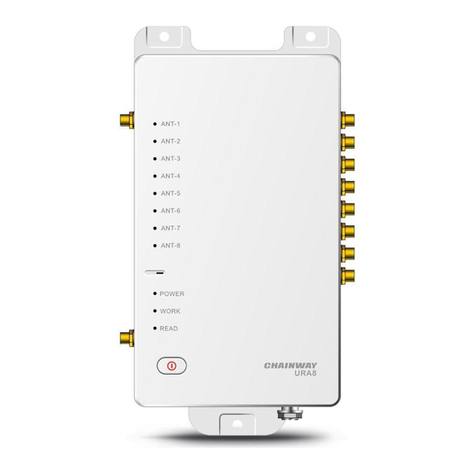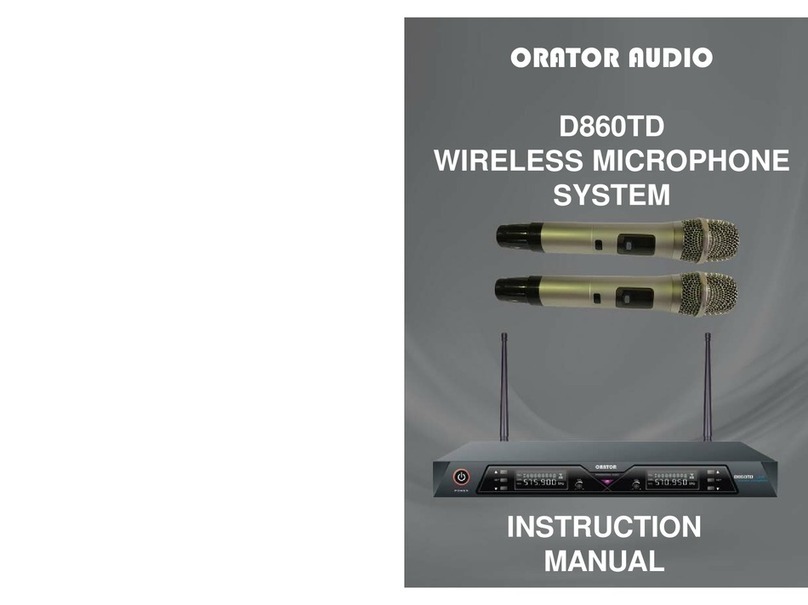The lighting flash with arrowshad symbol within an
equilateral triangle is intended to alert the user to the
presence of uninsulated “dangerous voltages” within the
product’s enclosure, that may be of sufficient magnitude to
constitute a risk of electric schok to persons.
The excalamation point within an equilater triangle is
intended to alert the user to the presence of important
operating and maintenance (servicing) instructions in the
literature accompanyng the appliance.
IMPORTANT SAFETY INSTRUCTIONS
INSTRUCTIONS PERTAINING A A RISK OF FIRE, ELECTRIC SHOCK OR INJURY A PERSONS
WARNING - When using electric products, basic precautions should always be folowed, including the following.
1. Read all the SAFETY INSTRUCTIONS before using the product.
2. A reduce teh risk of injury, close supervision is necessary when the product is used near children.
3. Do not use this product near water - for example, near a bathtub, washbowl. kitchen sink, in a wet basement
or near a swimming pool or the like.
4. This product in combination whit headphones or an amplifier, may be capable of producing sound levels
that could cause permanent hearing loss. Do not operate for a long period of time at high volume level or at
level that is uncomfortable. If you experience any hearing loss or ringing in the ears, you should consult an
audiologist.
5. This product should be located so that its location or position does not interfere with its proper ventilation.
6. This product should be located away from heat sources such as radiators, hest register or other product
that produce heat.
/. The product may be connected a a power supply oly ot the type described on the operating instructions or
as marked on the product.
8. The product may be equipped with a polarized line plug (one blade wider then the other). This is a safety
feature. If you are unable a insert the plug into the outlet, contact an electrician a replace your obsolete
outlet. Do not defeat the safety purpose of the plug.
9. The power-supply cord of the product should be unplugged from the outlet when left unused for a long
period of time. When unplugging the power-supply cord, do not pull on the cord, but grasp it by the plug.
10. Care should be taken so that object do not fall and liquid are not spilled into the enclosure through
openings.
11. The product should be servived by qualified service personnel when:
A. The power-supply cord or the plug has been damaged; or
B. Objects have fallen, or liquid has been spilled into the product; or
C. The product has been exposed to rain; or
D. The product does not appear to operate normally or exhibits a marked change in performace; or
E. The product has been dropped or the enclosure damaged.
12. Do not attempt to service the product beyond that described in the user-maintenance instructions.
All other servicing should be referred to qualified service personnel.
13. WARNING - Do not place objects on the product’s power cord or place it in a position where anyone
could trip over, walk on or roll anything over it. Do not allow the product to rest on or to be installed over
power cords of any type. Improper installations os this type create the possibility of fire hazard and/or perso-
nal injury.
SAVE THESE INSTRUCTIONS
